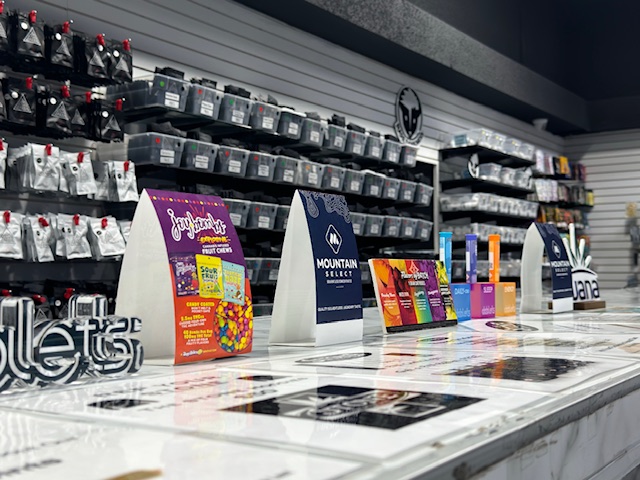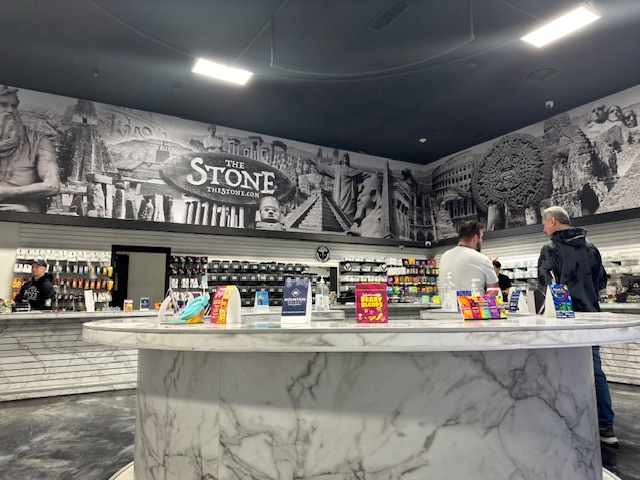
This website is for users aged 21 and over. Please confirm your age.
Due to recent amendments nationwide, many states now allow Medical Marijuana patients to use and grow marijuana for medical use.
The below states have also passed legislation recognizing a patient’s right to grow and use marijuana for personal medical purposes. So where are the best places to Grow Cannabis?
Colorado was the first state to allow patients to grow marijuana. Because of this, people with AIDS, cancer, or other illness have much improved legal protection from arrest and prosecution if they are caught growing their own medicine.

When I lectured at a recent conference in Denver, the audience was offered free samples of homegrown weed. The fresh herb looked beautiful. Many admitted that they did not know how to grow their own medicine, forcing them to buy from the street.
But successful cultivation is a little more complicated since cannabis does best under certain environmental conditions and light cycle requirements.
There are three methods of growing indoor marijuana:
This article describes how to set up and operate a successful growing system in Colorado.
Suppose you don’t have access to legal, clean water, (check with your local municipal authority), good soil, and well-ventilated indoor space. In that case, you will not be able to achieve satisfactory results. You can grow plants in a closet as long as you provide them with the best available light source and CO2 supplementation.
Homemade lighting cannot match the output of professional equipment (the average fluorescent tube produces about 65 watts of light while 250-watt HID (high-intensity discharge) fixtures and 1,000-watt HID bulbs are put out over 20 times as much). Also, it is challenging to control the spectrum of light found in sunlight or artificial lights. In addition, the heat generated by high-intensity discharge lamps decreases yields dramatically. Places to Grow Cannabis.
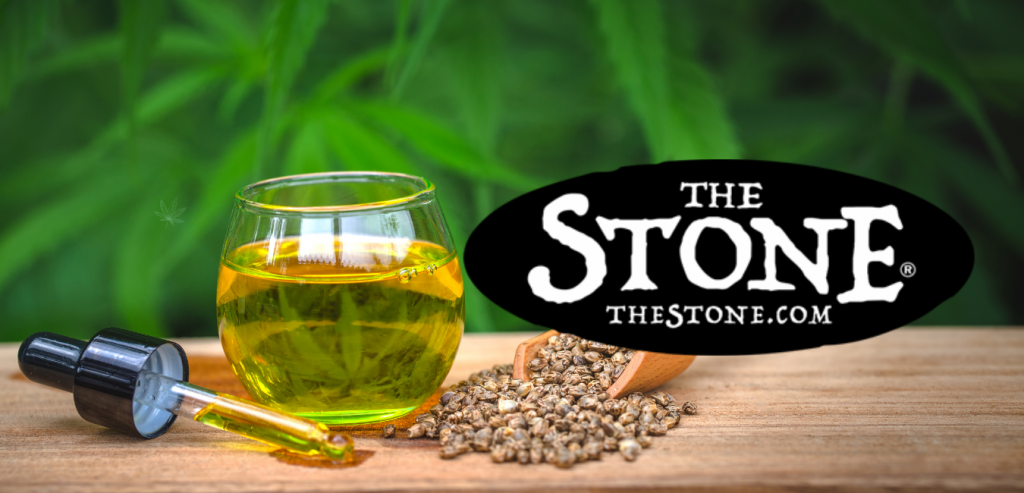
A compact HID bulb, but the author prefers to use systems designed specifically for growing marijuana. These indoor growing systems are widely available in Colorado and are becoming easier to obtain from suppliers.
The best place for a grow room is an area with at least 8 hours of natural sunlight a day. This will ensure that your plants receive enough light for optimum growth. If you can’t provide natural daylight, use one of the below systems to supplement your indoor garden with artificial light; preferably metal halide (MH) or high-pressure sodium (HPS). MH is a more efficient light source than HPS and produces a better yield, but it has the disadvantage of requiring more equipment and some maintenance while producing too much heat.
A good compromise between quality of light and simplicity of operation is the “natural light/artificial light” method that lets you use natural sunlight for a few hours in the morning and throughout your evening, supplementing it with artificial lights during the rest of daylight hours.
Since the plants naturally cycle between periods of vegetative (or growth) activity and flowering (reproduction), you can use either lighting method throughout your crop’s life cycle. You can also combine two alternating cycles to duplicate the seasonal changes in nature.
Hormone-strength fluorescent lights (i.e., 70- or 100-watt bulbs) are ideal for vegetative growth, while metal halide, high-intensity discharge, and even sunlight are ideal for triggering flowering.
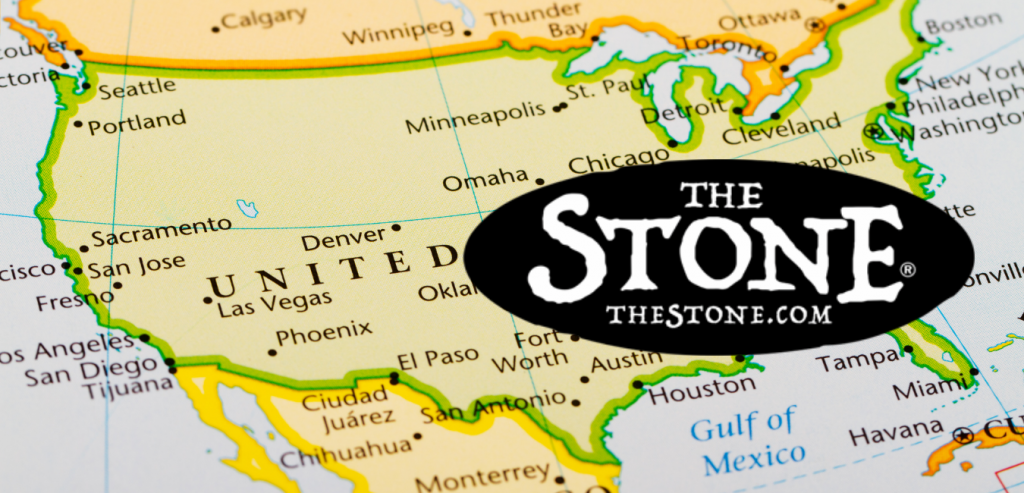
Places to Grow Cannabis
Plant your cannabis seeds immediately after you get them since marijuana has a short germination period. The soil in which your plants grow must be of the highest quality. The optimum pH level is between 6.0 and 7.5, while the optimum nitrogen level is 6.0 to 7.5 percent.
each with advantages and disadvantages for growing marijuana plants. Clay soils retain moisture well but cannot be used if you want your crop to have an organic smell (since it retains strong odors). Loamy soils are easy to work with and provide the best environment for young seedlings. Sandy soil is the least desirable, although it can be improved by adding organic matter like peat moss (with a neutral pH level and moisture-retaining humus), compost, or manure.
The quality of your growing medium will affect your plants’ performance more than any other factor. You should use a medium that will retain moisture but be well aerated and allow optimal root growth. Your plants’ needs will change as the season progresses, so make sure you have an easy way to add water and nutrients at different points in their life cycle.
To reach an optimal pH range of between 6.0 and 7.5, your plants need calcium carbonate. According to Tom Howard in his book “Indoor/Outdoor Marijuana Horticulture,” this substance should be mixed into the top 8 inches of soil when planting new cannabis seedlings. The addition of calcium carbonate will also help increase the soil’s capacity to retain moisture and act as a buffer against fluctuations in pH, which can be detrimental to your plants’ health.
Many suppliers sell organic fertilizers explicitly made for flowering marijuana crops that contain all the elements required by cannabis (i.e., nitrogen, phosphorus, and potassium). Tom Howard recommends using a fertilizer with at least 2.0 percent nitrogen or 5-10-5, 10-20-10, or 15-30-15.
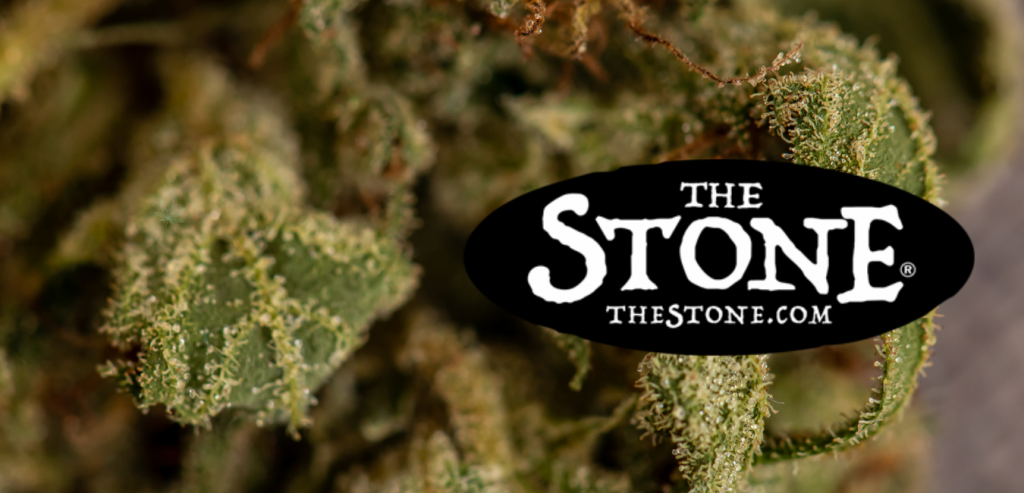
You will need to add more fertilizer in midsummer and again in late fall, so be sure to save the remaining fertilizer. This is especially important if you use a hydroponic system or grow your plants using “sub-irrigation” (watering from below). Places to grow cannabis.
If you plan to start your marijuana seedlings indoors and then transplant them outdoors, you must begin with them at the beginning of a season when the temperatures are between 65 and 75 degrees Fahrenheit. You should use a 16- or 20-hour light cycle, which will encourage your plants to put out lots of foliage to produce large amounts of food for themselves before they begin flowering. This will also make them less prone to insect and disease attacks.
In contrast, a poor-quality or cheap source may produce plants with twisted stems and buds that are not as potent. The seeds should be stored in an airtight container in their original packaging, out of the light. The place where you keep your sources is essential since temperature and humidity fluctuations can be detrimental to their germination.
– Denver Dispensaries are becoming one of the most popular ways to purchase cannabis because they offer various strains and products.
– Denver Dispensaries have a staff that is knowledgeable about their products and can help you find the best product for your needs.
– Denver Dispensaries also offer a great selection of edibles, concentrates, and topicals.
– Denver Dispensaries are often the most affordable option for cannabis products.
– Denver Dispensaries offer a safe and secure environment to purchase cannabis products.
– Denver Dispensaries are open late and offer delivery service.
Denver Dispensaries are becoming one of the most popular ways to purchase cannabis. They offer various strains and products that you can’t find at your local liquor store. Denver Dispensaries have a knowledgeable staff about their products and can help you find the best product for your needs. Denver Dispensaries have great products, but they also have a great environment. Most dispensaries have comfortable couches and chairs where you can relax while you shop. Some dispensaries even have games and TVs to keep you entertained while you wait. Denver Dispensaries also offer a great selection of edibles, concentrates, and topicals. If you are looking for a great dispensary, Denver Dispensaries should be your first stop.
Denver Dispensaries are the best because they have great products, a comfortable environment, and knowledgeable staff. Thanks for reading!
We warmly welcome you to explore our highly acclaimed strains, concentrates, and edibles. Serving recreational clients with pride is our passion.
At our dispensary, you'll find a professional yet inviting atmosphere that prioritizes your comfort and privacy. Feel free to stop by at your earliest convenience to experience it for yourself. We can't wait to serve you!
